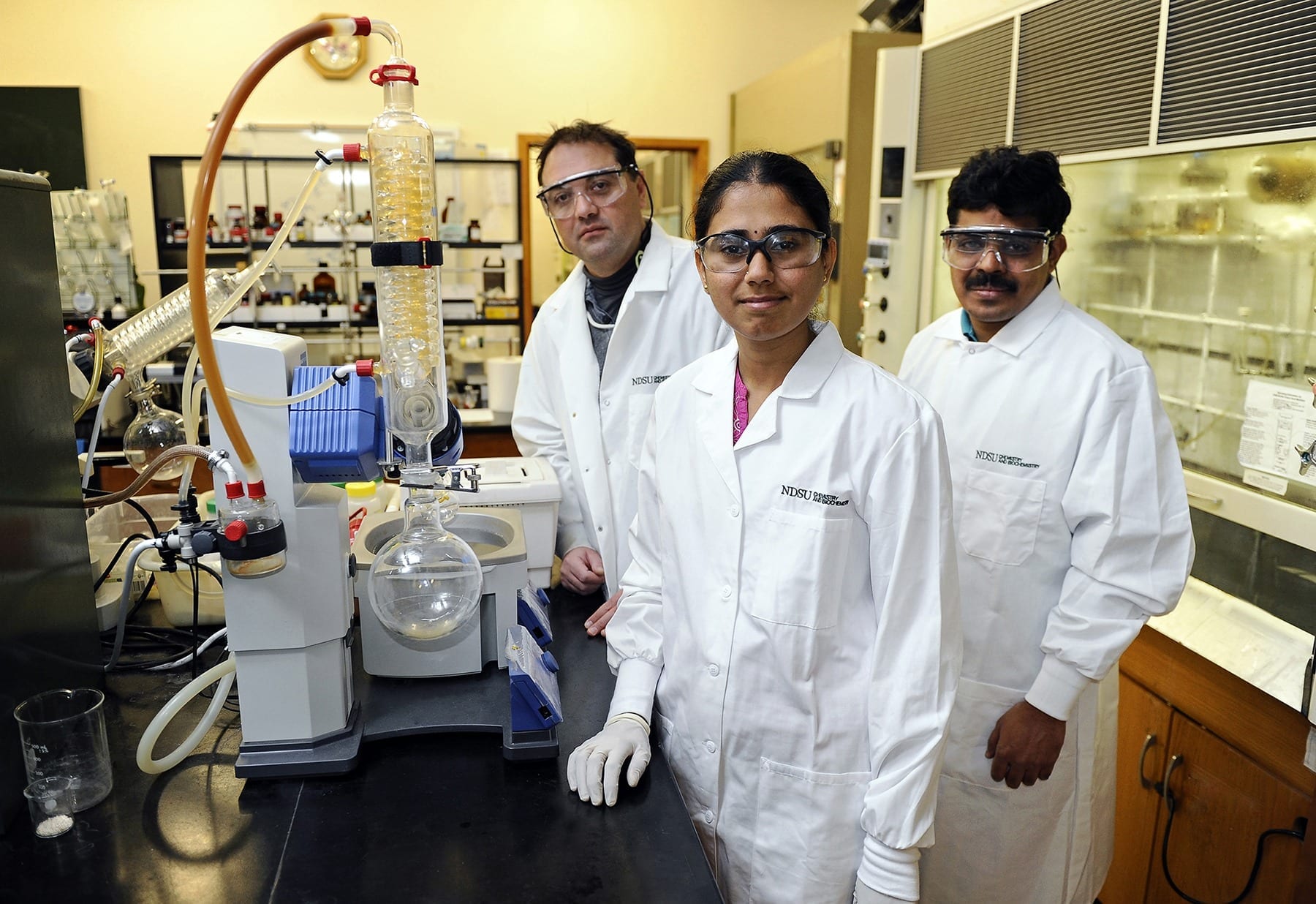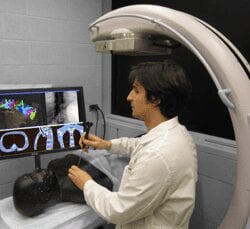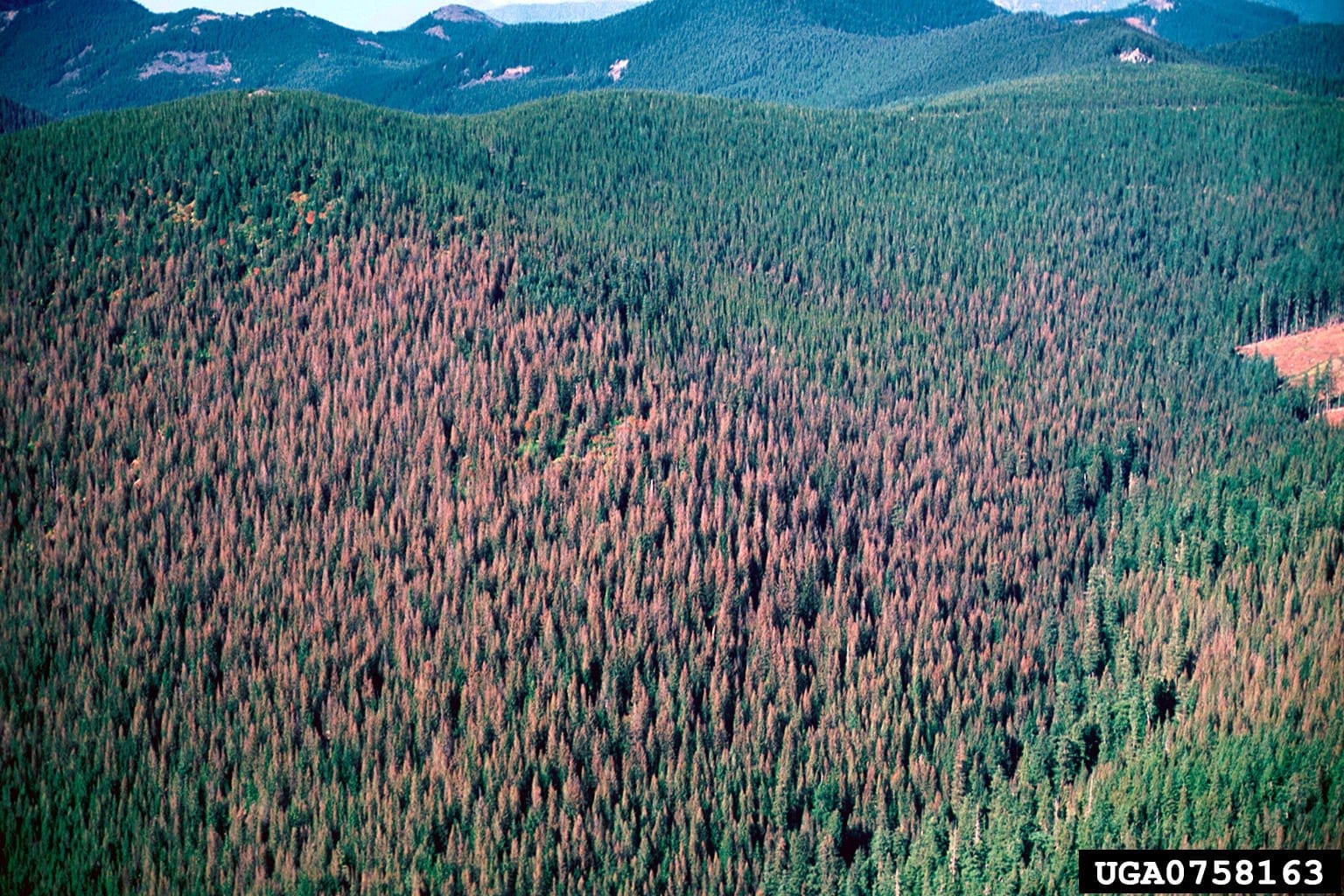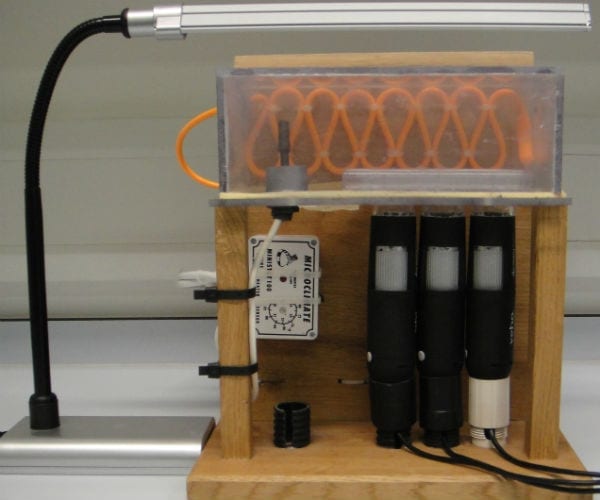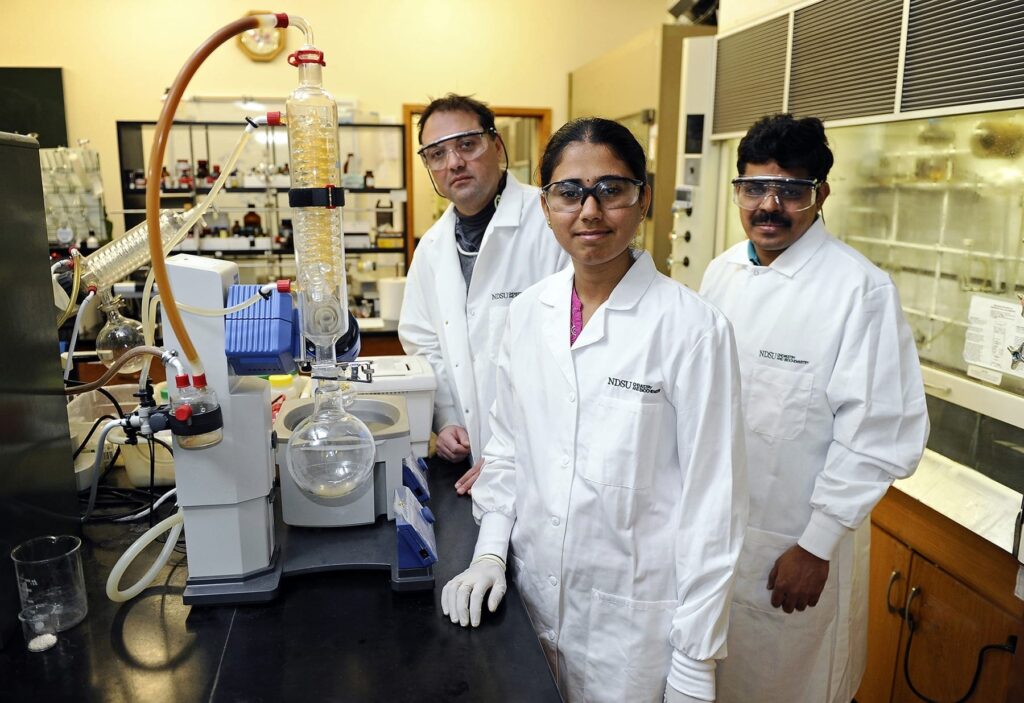
Researchers at North Dakota State University, Fargo, have developed a process using biomass to create plastic which can broken down by exposing it to ultraviolet light at 350 nanometers for three hours.
Ultimate recycling
Plastic populates our world through everything from electronics to packaging and vehicles. Once discarded, it resides almost permanently in landfills and oceans. A discovery by researchers at North Dakota State University, Fargo, holds scientific promise that could lead to a new type of plastic that can be broken down when exposed to a specific type of light and is reduced back to molecules, which could then be used to create new plastic.
Published in Angewandte Chemie, a leading international journal, the proof of concept experiment outlines the work of researchers in the Center for Sustainable Materials Science at NDSU. The multidisciplinary team includes researchers from the Department of Chemistry and Biochemistry: Mukund Sibi, university distinguished professor; Sivaguru Jayaraman, James A. Meier professor; postdoctoral fellow Saravana Rajendran; graduate student Ramya Raghunathan; postdoctoral fellow Retheesh Krishnan; and staff scientist Angel Ugrinov; as well as Dean Webster, professor and chair of the Department of Coatings and Polymeric Materials and postdoctoral fellow Ivan Hevus.
The research team focuses on biomass, using oilseed from agricultural crops, cellulose, lignin and sucrose to generate building blocks of molecules that are made into polymers to create plastics. One of the grand challenges for the 21st century is sustainability that lessens dependency on fossil fuels. NDSU, in association with the North Dakota Experimental Program to Stimulate Competitive Research (ND EPSCoR), established the Center for Sustainable Materials Science to develop a program for the preparation of polymers and composites using biomass, a renewable resource.
“Real sustainability involves breaking it back into the building blocks. We have shown that we can break it down into the building blocks and re-make the polymer,” said Dr. Sibi.
In their proof of concept experiment, the group used fructose, found commonly in fruit, to create a solution of molecules, which was then converted to a plastic (polymer). By exposing the plastic to ultraviolet light at 350 nanometers for three hours, researchers degraded the plastic, reducing it back to the soluble building block molecules from which it began.
Plastics usually don’t decay for hundreds of years, creating solid waste issues. They generally degrade slowly, potentially leaching chemicals into the environment or creating toxins in the air when burned.
“This cradle-to-cradle approach to create a plastic which can be degraded easily offers scientific potential for eventual products that could lessen dependence on fossil fuels and decrease the amount of raw materials needed,” said Dr. Webster.
The Latest on: Plastics that can disappear
[google_news title=”” keyword=”Plastics that can disappear” num_posts=”10″ blurb_length=”0″ show_thumb=”left”]
via Google News
The Latest on: Plastics that can disappear
- How plastics rob fishermen of their livelihoods and the efforts to end their pollutionon April 27, 2024 at 5:15 am
Sebastian Ojiambo has lived on fishing for many years. Every time he prepared his fishing nets and pushed his boat into the water, Ojiambo was sure of getting enough fish, not only for his family to ...
- Swarm of nanorobots can remove tiny plastic fragments from wateron April 25, 2024 at 2:00 pm
Tiny magnetic robots can help remove some of the smallest plastic particles from polluted water.
- Plastic polluting our oceans is worse than you might thinkon April 22, 2024 at 5:43 pm
It’s no secret pollution is a problem, but did you know according to the United Nations Educational, Scientific and Cultural Organization there are about 50-75 trillion pieces of plastic and ...
- Still hooked on plasticson April 21, 2024 at 5:00 pm
“It is a part of life, so we need to increase public awareness because for now, we can see that people are still using single-use plastics. If we still pollute the environment with ...
- Earth Day battles plastic: The impact of dangerous microplastics on healthon April 20, 2024 at 11:48 pm
As we turn the corner into spring and our landscape comes back to life, it is the perfect time to celebrate Earth Day.Earth day is celebrated every April 22 to ...
- Kids vs. Plasticon April 20, 2024 at 7:21 am
But that single-use plastic doesn't disappear when you're done with it: Most ends up in the ocean, where it can entangle animals or make them sick. Watch this DIY series of eco-friendly crafts and ...
- Are You Recycling Your Plastics the Wrong Way? Here's How to Checkon April 18, 2024 at 9:15 am
Recycling plastic is more difficult than you think. You need to rinse out any food and liquids (other than water) from the containers before you can put them in the bin. If the plastic isn't clean ...
- Plastics industry heats world 4 times as much as air travel, report findson April 18, 2024 at 7:00 am
while the plastics industry insists that plastic pollution can be eliminated by stricter rules around recycling. In last fall’s negotiations in Kenya, public health and environmental campaigners ...
via Bing News







